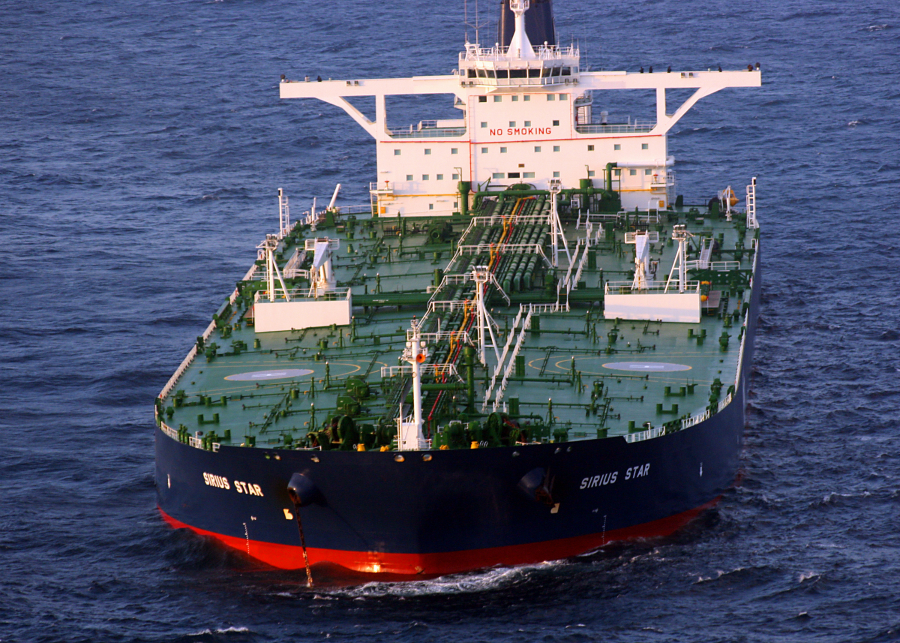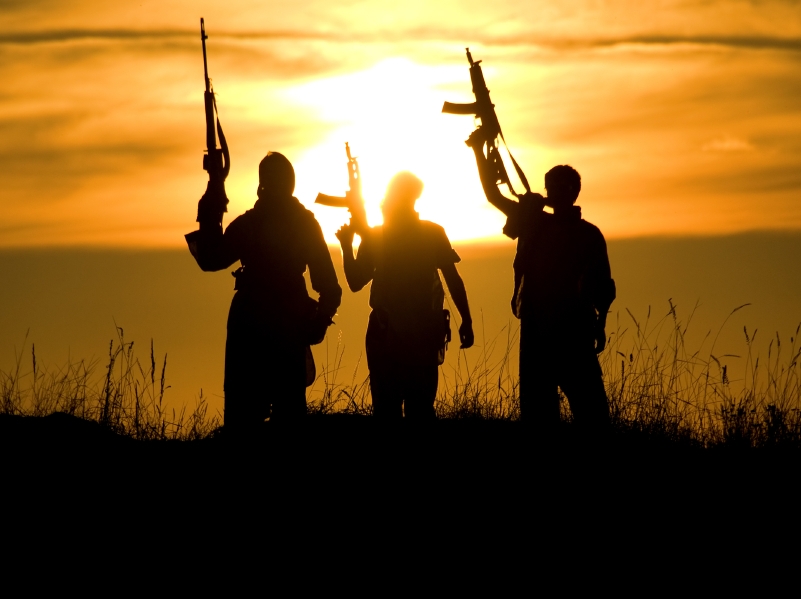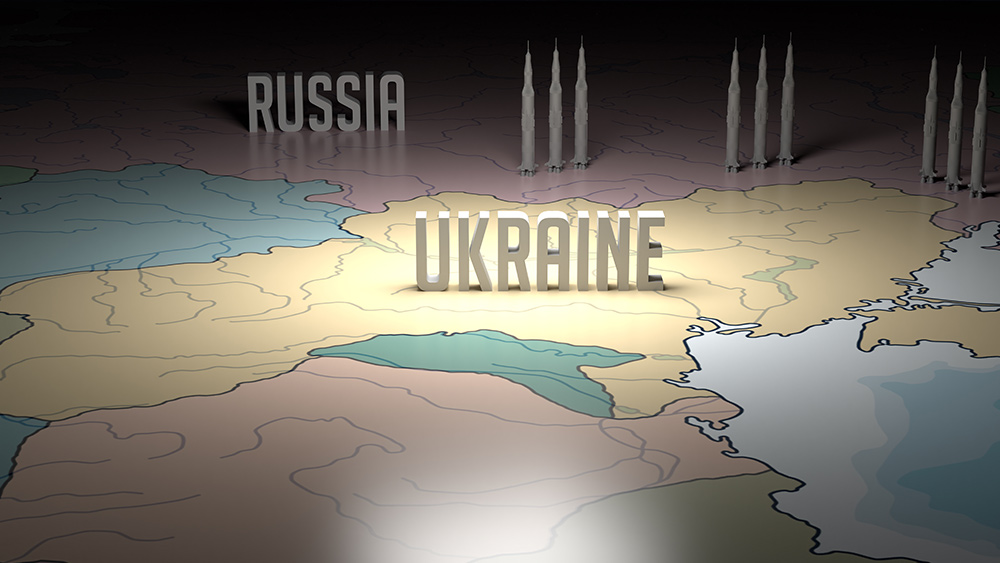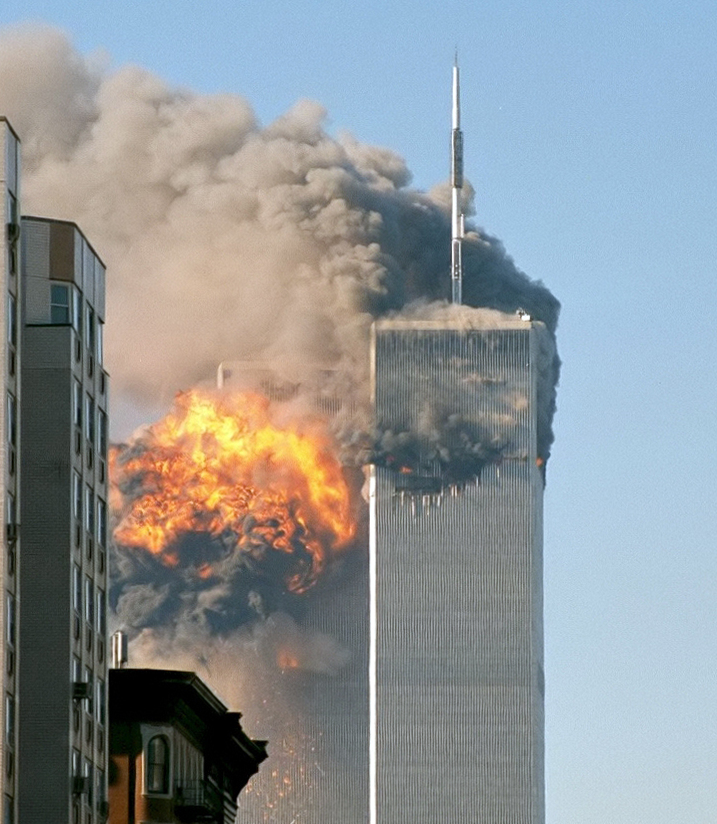Russian oil exports surge despite Western sanctions, Moscow’s output cut
05/17/2023 / By Belle Carter

The Russian government has vowed to reduce oil output by 500,000 barrels per day (bpd) in response to Western sanctions since late last year. But despite this predicament, seaborne shipment of Russia’s crude still posted its biggest jump since the start of 2022.
According to Bloomberg‘s May 9 report, the average four-week seaborne shipments in the period ending May 5 increased by 180,000 bpd to 3.63 million bpd. Data also showed that the four-week average shipments to the country’s Asian buyers skyrocketed to a record high of 3.37 million bpd – an increase of 124,000 bpd from the period ending April 28.
The combined volume of crude on vessels heading to China and India and quantities on ships that haven’t yet shown a final destination surged to a record 3.55 million bpd in the latest four-week period. Exports to Russia’s only remaining Mediterranean customer, Turkey, rose to a ten-week high of 177,000 bpd. (Related: Russian oil still powers European vehicles, thanks to India’s refining capability.)
“Historical patterns suggest that most of the vessels currently identified as ‘Unknown Asia’ destinations and heading for the Suez Canal will end up in India, while those loaded onto very large crude carriers off the north coast of Morocco or, more recently, in the Atlantic Ocean, will head to China,” Bloomberg reported.
Russia has rerouted its oil exports through neutral countries since the European Union embargoed seaborne Russian oil deliveries and introduced a price cap on Russian crude oil in coordination with the G7 late last year.
Russian Deputy Prime Minister Aleksandr Novak recently said that Moscow remains committed to major oil production cuts. He cited the significant reduction in pipeline supplies to the European Union, which had already dropped by more than two-thirds and were only partly offset by maritime shipments.
“Most of our energy resources have been redirected to other, friendlier markets,” local news site Interfax quoted Novak as saying. “If we look at oil supplies to India, they increased 22 times last year.”
Russia reports drone attack on oil export pipeline
Meanwhile, Russian state-controlled oil pipeline operator Transneft reported an overnight unidentified drone attack at the Druzhba pipeline installations in the country’s Bryansk region. A Russian social network channel likewise reported that three storage tanks were hit at the transshipment facility.
The said infrastructure serves the southern leg of the Druzhba oil export pipeline that carries Russian oil to Hungary, Slovakia and the Czech Republic.
Since the beginning of May, drones had hit several oil facilities in the southern Krasnodar region and a major storage depot next to the port of Sevastopol in Russia-annexed Crimea. The Ukrainian section of the said pipeline has also suffered damage following repeated damage from missile attacks since the start of the Russia-Ukraine war.
“In the early morning [of Wednesday, May 10], an attempt of a terrorist act was undertaken against the Druzhba pipeline network at the Bryansk transshipment point. No one has been injured in the result,” Transneft told Russian state news agency Tass.
Reports said the tanks were empty at the time of the attack. The said pipeline installation, which is also known as the Friendship Pipeline, was built by the Soviet Union to carry oil from Western Siberia to Eastern Europe.
The website Upstream reported: “It has been operating well below nameplate capacity since December last year following the European embargo on imports of Russian oil and has been reported as delivering some volumes to Hungary and Slovakia, which are exempt from the embargo because of their geographical position and lack of immediate access to alternative oil supplies.”
Follow EnergySupply.news for more stories about oil supply across the globe.
Watch the video below that talks about Russia’s record-high oil export.
This video is from the Worldview Report channel on Brighteon.com.
More related stories:
US-EU price cap on Russian oil threatens India’s crude imports and economic growth.
Hungary, Serbia building pipeline for Russian oil and gas to dodge EU sanctions.
Sources include:
Submit a correction >>
Tagged Under:
big government, chaos, economy, energy supply, fuel supply, oil exports, pipeline, power, production cuts, Russa-Ukraine war, Russia, Russian crude, Russian oil, supply chain, terrorism, Western sanctions, World War III
This article may contain statements that reflect the opinion of the author
RECENT NEWS & ARTICLES
COPYRIGHT © 2017 TERRORISM NEWS



















